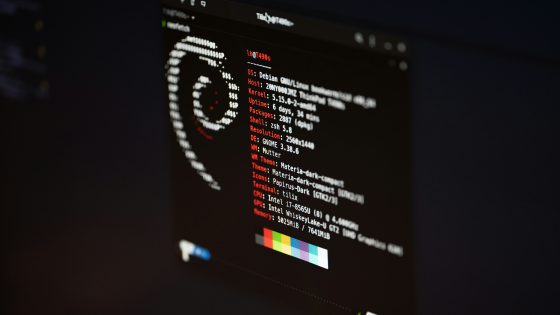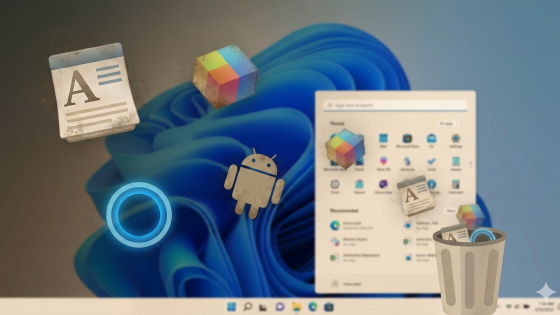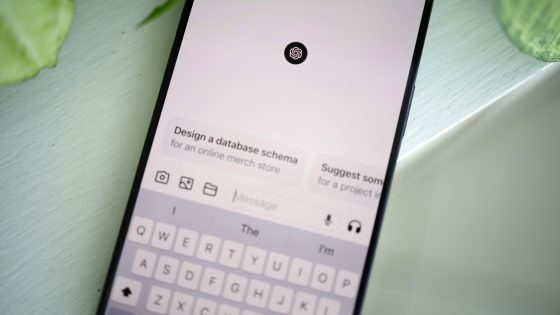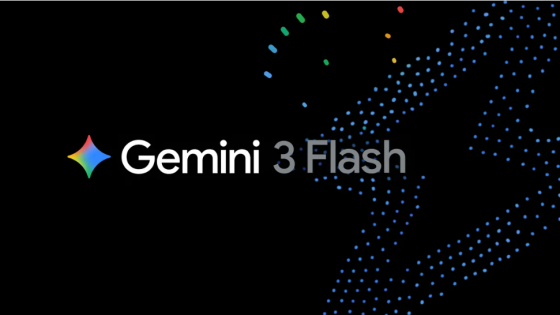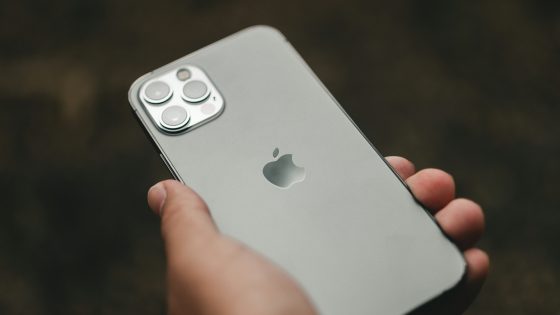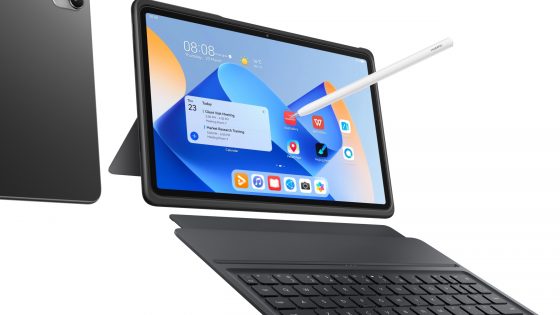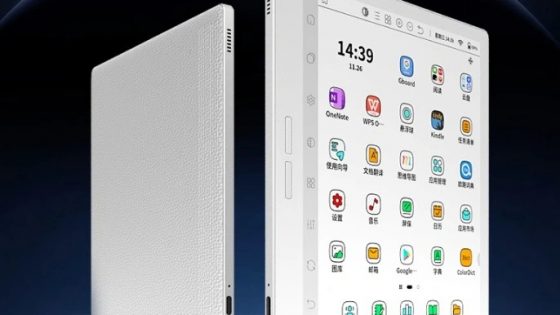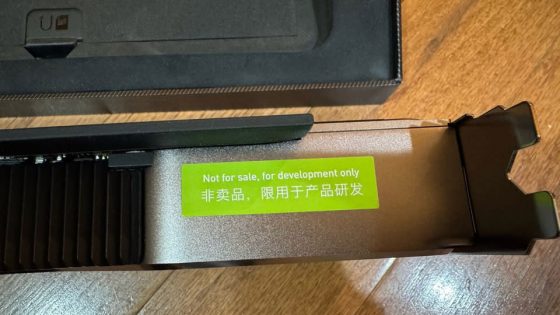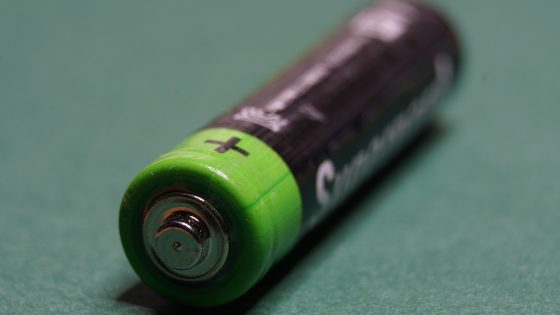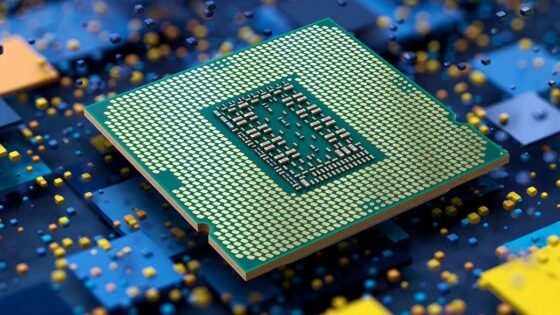Xiaomi 15T and 15T Pro review: top-notch displays, good performance, but a few compromises
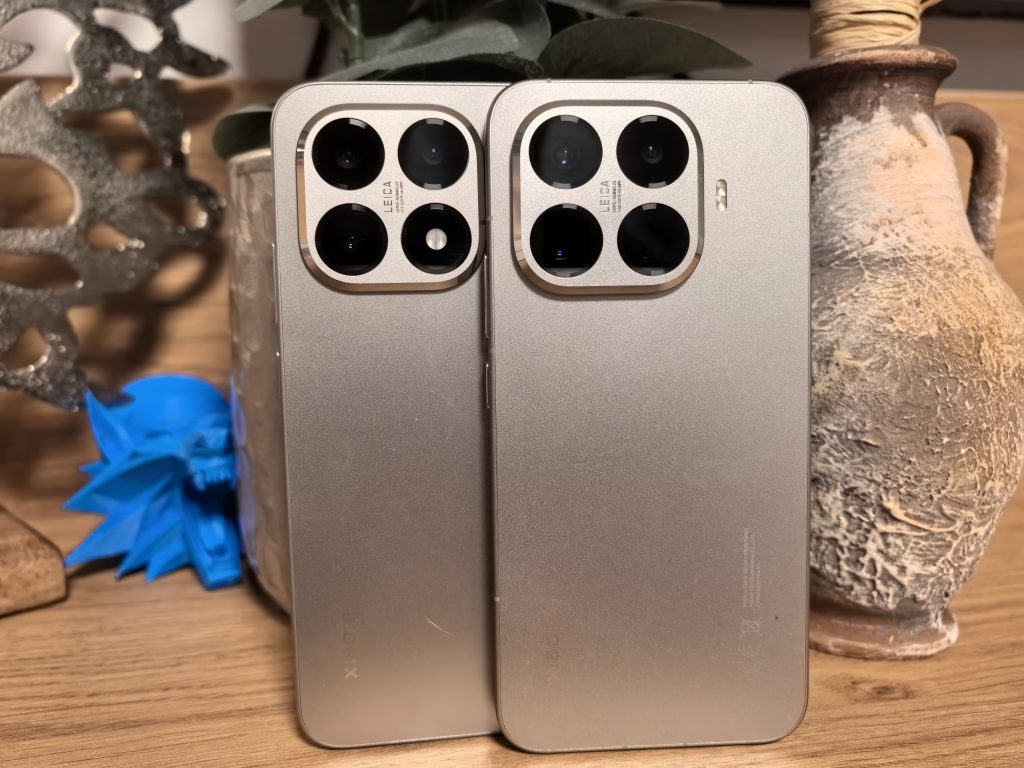
Like every year, this year we got two newcomers to Xiaomi's T series of phones - the Xiaomi 15T and the Xiaomi 15T Pro. I also tested both of them and checked what they have upgraded and whether it is enough to satisfy even more demanding users like me.
| Advantages | Weaknesses |
| Good AMOLED display with fast refresh rate | Secondary cameras a little below expectations |
| Large and durable battery | Faster heating |
| Powerful main cameras | I miss Snapdragon versions |
| Good build quality and slim profile | |
| Useful UI features | |
| Good performance |
Xiaomi 15T and Xiaomi 15T Pro price and specifications
Xiaomi 15T Pro It is available in three colors: black, gray and Mochi gold and in a 12+512GB memory version, and is priced at EUR 899.
Xiaomi 15T It is available in three colors: black, gray and rose gold, and in two memory versions: Xiaomi 15T 12+512GB priced at EUR 699 and 12+256GB priced at EUR 649.
With your purchase (the offer is valid until October 31st), you also get the Xiaomi Robot Vacuum S40C robot vacuum cleaner.
| Specification | Xiaomi 15T | Xiaomi 15T Pro |
| Screen | 6.83-inch AMOLED, 1.5K resolution, 120 Hz refresh rate, Gorilla Glass 7i protection | 6.83-inch AMOLED, 1.5K resolution, 144 Hz refresh rate, Gorilla Glass 7i protection |
| Processor | MediaTek Dimensity 8400 Ultra | MediaTek Dimensity 9400+ |
| RAM / Storage | 12 GB RAM, 256/512 GB internal storage (UFS 4.1) | 12 GB RAM, 256/512 GB internal storage (UFS 4.1) |
| Battery | 5,500mAh | 5,500mAh |
| Charging | 67 W wired | 90W wired + 50W wireless |
| Camera (rear) | 50 MP Light Fusion 800 (no OIS) + 2x telephoto (no OIS), 12 MP ultrawide | 50 MP Light Fusion 900, OIS + 5× telephoto (Samsung JN5), ultra-wide 12 MP |
| Camera (front) | 32 MP, wide angle (~120°) | 32 MP, wide angle (~120°) |
| IP certificate | IP68 dust and water resistance | IP68 dust and water resistance |
| Weight and thickness | about 194 g, thickness ~7.5 mm | about 210 g, thickness ~8.0 mm |
| Color variations | black, metallic gray, gold | black, metallic gray, gold |
Xiaomi 15T (Pro): Quite boring and almost identical in appearance
The Xiaomi T series has been considered a kind of "hidden trump card" among Xiaomi phones over the years, always a little more daring in specifications and design. With the Xiaomi 15T and 15T Pro, this is clearly visible at first glance. The phones have an elegant symmetrical design, with a completely flat aluminum frame and a glass back. They feel more prestigious than you would expect from a series that is traditionally positioned at the absolute top of the range.
The front is dominated by a large 6.83-inch display, protected by the new Corning Gorilla Glass 7i. The edges are extremely thin, giving an almost frameless appearance. On the right side are the volume and power buttons, neatly aligned with the frame line. The back is clean on both models, but is marked by a large square camera module, which takes up a little more space on the Pro version due to the additional periscope telephoto lens.
In terms of dimensions, the Xiaomi 15T remains slim at 7.5mm and weighs 194g, while the 15T Pro is a bit more massive at 8.0mm thick and 210g. This is felt in the palm of your hand, but it never feels too heavy, even after hours of use. When it comes to colors, Xiaomi sticks to its tried-and-tested elegance: black, metallic gray, and gold are available. All three have a subtle reflection that beautifully reflects light and gives the impression of premium workmanship.
None of this is innovative. Xiaomi knows how to make beautiful phones, but the new T series is unfortunately not a design highlight. Also, stains accumulate diligently on the back if you plan to use the phone without a case.
Both the Xiaomi 15T and 15T Pro also boast official IP68 certification, meaning they are dust and water resistant. This is a significant step forward, as the T series has historically had less emphasis on ruggedness.
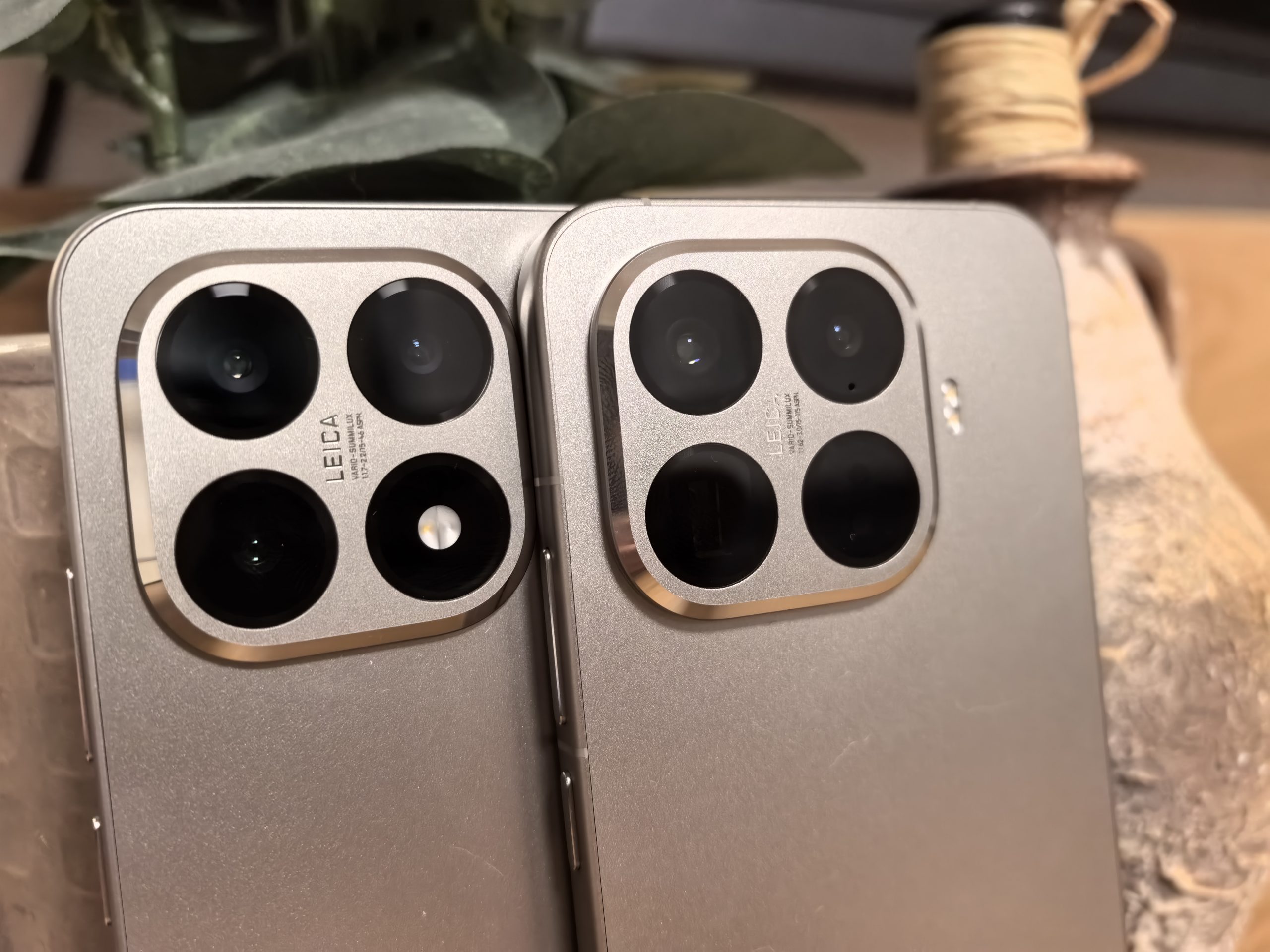
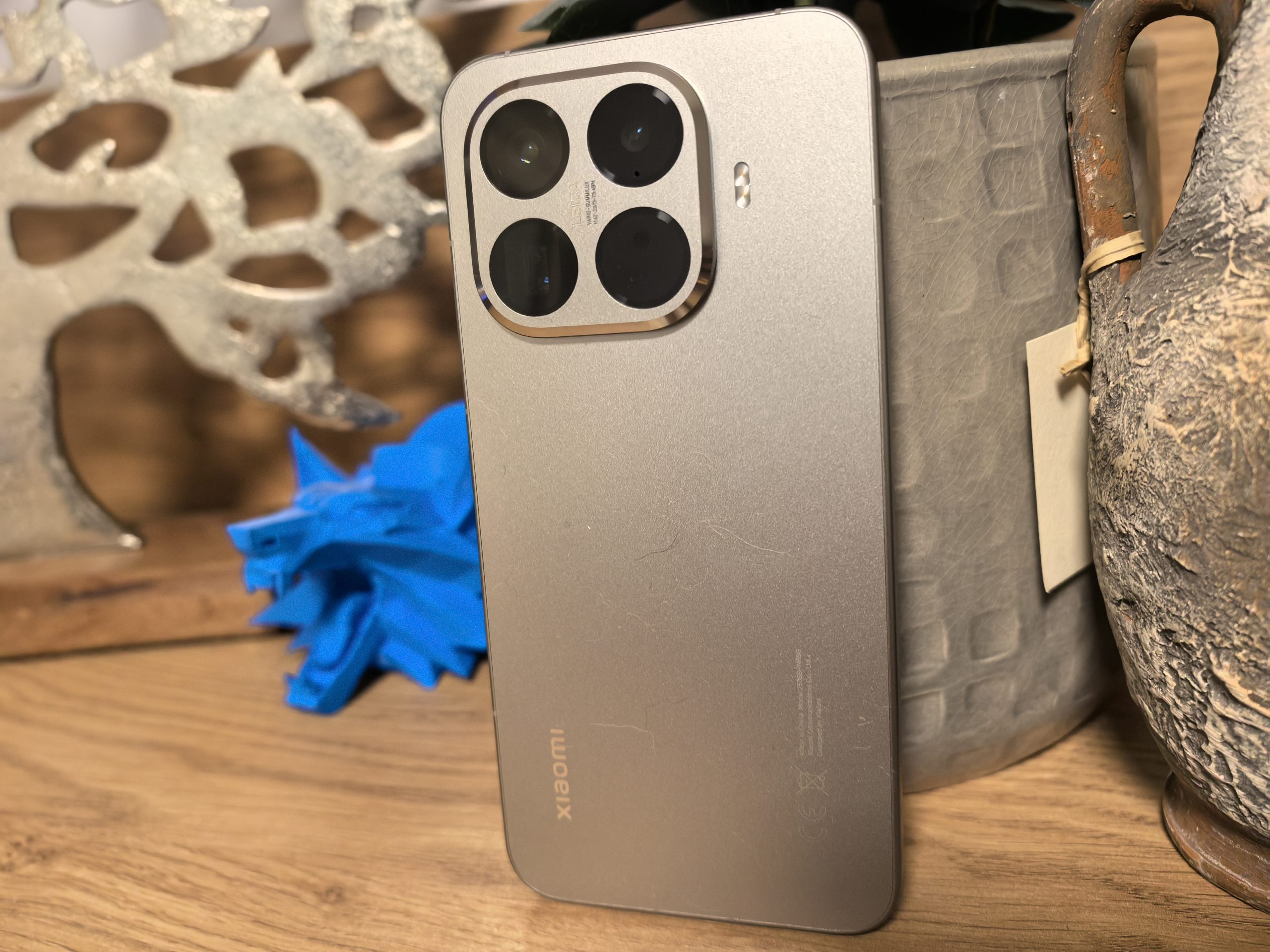
The display, like every year, is top-notch
The Xiaomi 15T series really shows that it belongs to the very top of the market this year. Both models have a 6.83-inch CrystalRes AMOLED display with a resolution of 1.5K. The Xiaomi 15T Pro can refresh up to 144 Hz, while the Xiaomi 15T can refresh up to 120 Hz. Both have incredibly smooth animations and transitions. The screens have a maximum brightness of 3200 nits, which is enough to keep the image clear even in direct sunlight, something that is often missing in cheaper models.
Color accuracy is one of the areas where Xiaomi has been putting a lot of effort for a few generations. The Xiaomi 15T and 15T Pro display vivid but not oversaturated colors, which is especially noticeable when watching HDR content. Both phones support Dolby Vision and HDR10+, which means that movies on Netflix or YouTube are truly a small home cinema experience.
Add to that the very thin bezels and extremely high screen-to-body ratio, which adds the finishing touch to the immersive feeling.
Another important feature of the Xiaomi 15T series display is high-frequency PWM dimming at 3840 Hz. This means that the brightness is adjusted extremely quickly and almost imperceptibly, which significantly reduces eye strain during prolonged use, especially in the dark. When browsing the web in the evening or reading e-books, the difference is obvious, less fatigue and less chance of headaches caused by flickering on less optimized displays.
The Xiaomi 15T Pro did not opt for PWM dimming, but DC, where screen flickering is never a problem.
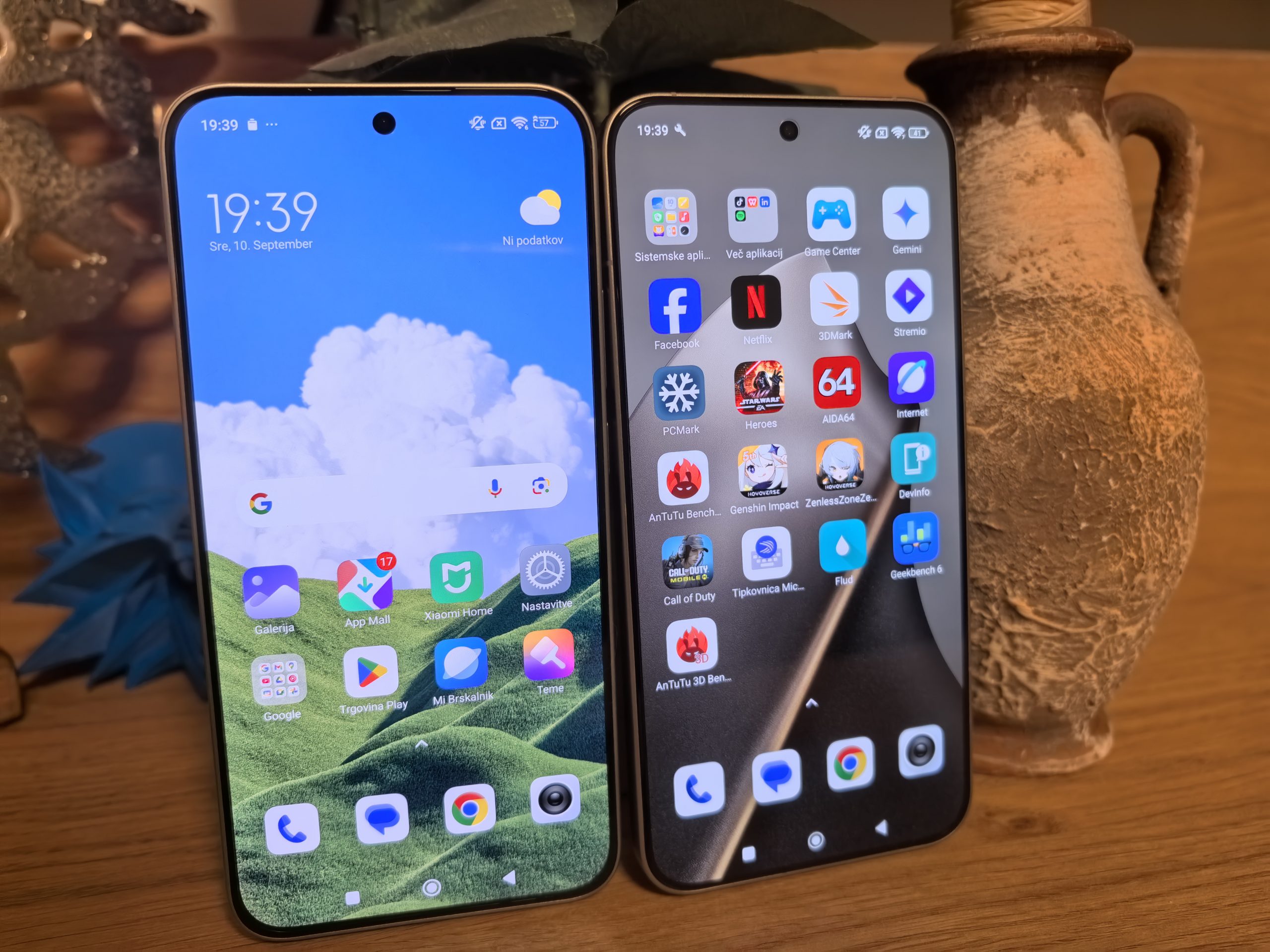
No Snapdragon this time (too bad)
The Xiaomi T series is traditionally known for offering top-notch performance at a much more affordable price. This time, the difference between the two models is even more pronounced. The Xiaomi 15T Pro is powered by the latest MediaTek Dimensity 9400+, which is designed for power users and heavy tasks, while the Xiaomi 15T has a slightly quieter, but still extremely powerful Dimensity 8400 Ultra. Both processors are manufactured in the latest 3 nm process, which means greater energy efficiency and lower temperatures even under prolonged load.
Xiaomi 15T Pro tests
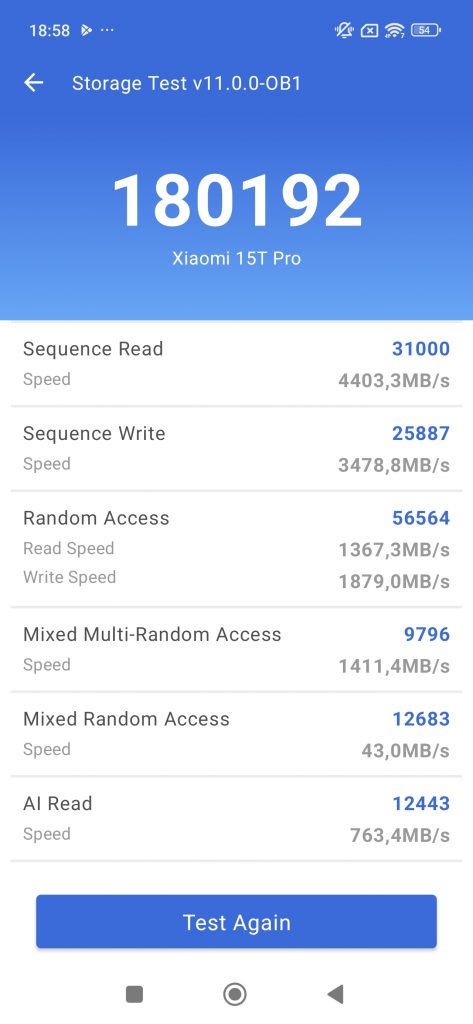
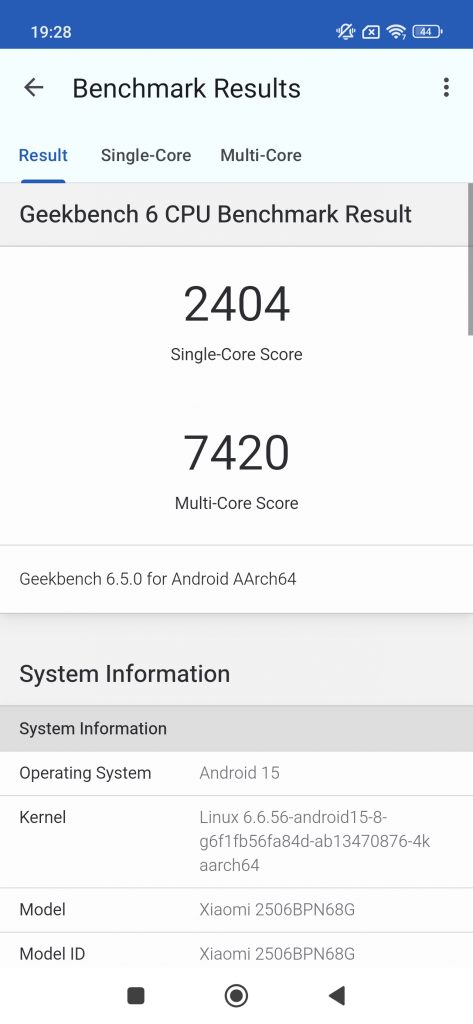

Xiaomi 15T tests
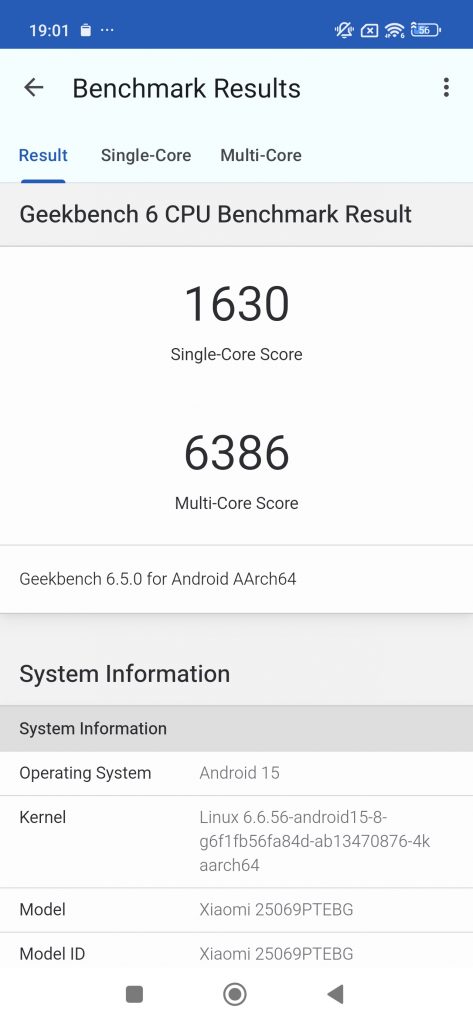
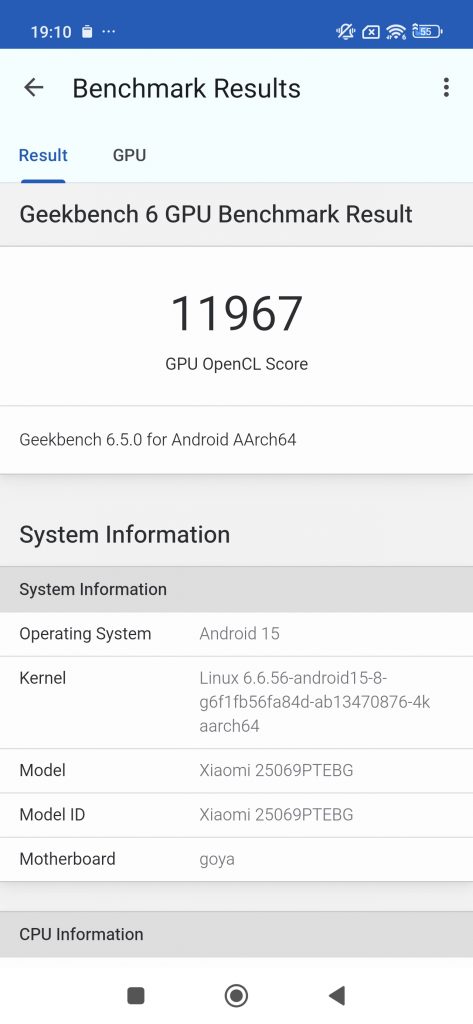

Xiaomi has not compromised on data storage either. Both models use fast UFS 4.1 memory, which brings high read and write speeds, which is especially noticeable when loading games and switching between applications. As for the battery, Xiaomi has opted for a single base, both models have a 5500 mAh battery. The difference, however, is in charging: the Pro version supports 90 W wired and 50 W wireless charging, while the 15T remains at 67 W wired charging and no support for wireless.
When it comes to gaming, both models offer more than enough power for the most popular games such as Genshin Impact, PUBG Mobile or Call of Duty: Mobile. Frame rates are high, animations are fluid and the gaming experience is smooth. However, the weakness of MediaTek chips is evident. Emulators (for PlayStation 2 or Nintendo Switch) are not their trump card, as unfortunately there are no dedicated drivers available. You can still play some games with raw power, but there are not many of them.
Another issue is the heating, which is quite noticeable on both models, especially during longer gaming sessions. The phone doesn't throttle performance aggressively, but the heat is noticeable, which can be distracting for those who spend hours on mobile gaming.
HyperOS 2 is not a terribly significant upgrade
The Xiaomi 15T and 15T Pro are powered by HyperOS 2, the latest version of Xiaomi's software platform, which is built on Android 15. In practice, this means a more optimized system, improved power consumption, and even closer integration with other devices in the ecosystem, from TVs and tablets to smartwatches and home appliances, which you won't feel if you're not part of their ecosystem. It's clear from the first impression that HyperOS 2 aims for a simpler and more fluid user interface that relies significantly less on visual effects and prioritizes speed and simplicity.
The built-in Xiaomi UI assistant has become more contextual: it can suggest answers while writing messages, and prepare summaries or translate in real time while listening to a meeting. Business users will appreciate the UI transcription and note organization features, while creators will be pleased with the ability to automatically edit photos, from removing objects in the background to generating creative elements.
Leica continues to be at the forefront
One of the biggest differences between the Xiaomi 15T and 15T Pro is the camera setup, which is also co-developed by Leica. Both models feature the Summilux optical lens system, with quite different focuses.
The Xiaomi 15T has a triple layout:
- main camera 23 mm, 50 MP, with Light Fusion 800 sensor,
- 46 mm, 50 MP telephoto camera, designed for portraits,
- 15mm, 12MP ultra-wide camera with a 120° viewing angle.
It's a classic combination that aims for versatility. The main sensor covers most situations well, the telephoto is useful for portraits and close-ups, while the ultra-wide takes care of panoramas and architecture. The focus is on the natural colors and contrasts typical of the Leica signature, although you can also choose a more vibrant Leica profile.
The Xiaomi 15T Pro has a 50MP (f/1.6) main camera with OIS on a Light Fusion 900 sensor. The telephoto module is 115mm, 50MP (f/3.0) with OIS, based on a Samsung JN5 sensor and offers 5x optical zoom, which ensures more reliable night shots and significantly cleaner close-ups at 5x, where details and color consistency are preserved significantly better than with digital zoom. The ultra-wide camera is the same as the basic 15T, i.e. 12MP, 120° angle of view.
The main camera on both models is very convincing during the day: lots of detail, good micro-contrast and natural Leica colors. At night, however, there is sometimes a slight drop in sharpness, and in demanding light sources the algorithm can overdo the dynamic range a bit. Colors and contrasts are not always completely consistent between successive shots.
The ultra-wide camera is noticeably weaker, falling behind the main one by at least a class, especially in edge sharpness and night noise. The telephoto is a welcome addition: it allows you to maintain quality without aggressive digital grain when zooming in. On the 15T Pro, this is especially noticeable at 5x optical zoom, while the 2x on the 15T covers portraits and close-up subjects well.
The Xiaomi 15T and Xiaomi 15T Pro are a well-rounded pair
The design is serious, although a bit boring for my taste, and refined, the screens are among the brightest in their class, HyperOS 2 is fast and has some useful UI tricks, and the batteries with 5500 mAh easily cover a long day. The cameras, especially the main sensor, are also relatively good, with a slight advantage for the 15T Pro with a better telephoto sensor.
But there are also reserves. The absence of Snapdragon chips will bother some. The MediaTek chip is fast in everyday life, but not ideal for emulators, and both phones heat up noticeably during prolonged gaming. The ultra-wide camera lags behind the main one by at least a class: edge sharpness and night noise are weaker, so you see it mainly as a supplement, not as an equivalent module.
To sum it up, these are very competent phones with a particularly strong main and (in the Pro) telephoto camera, a top-notch display, and a fast user experience.



